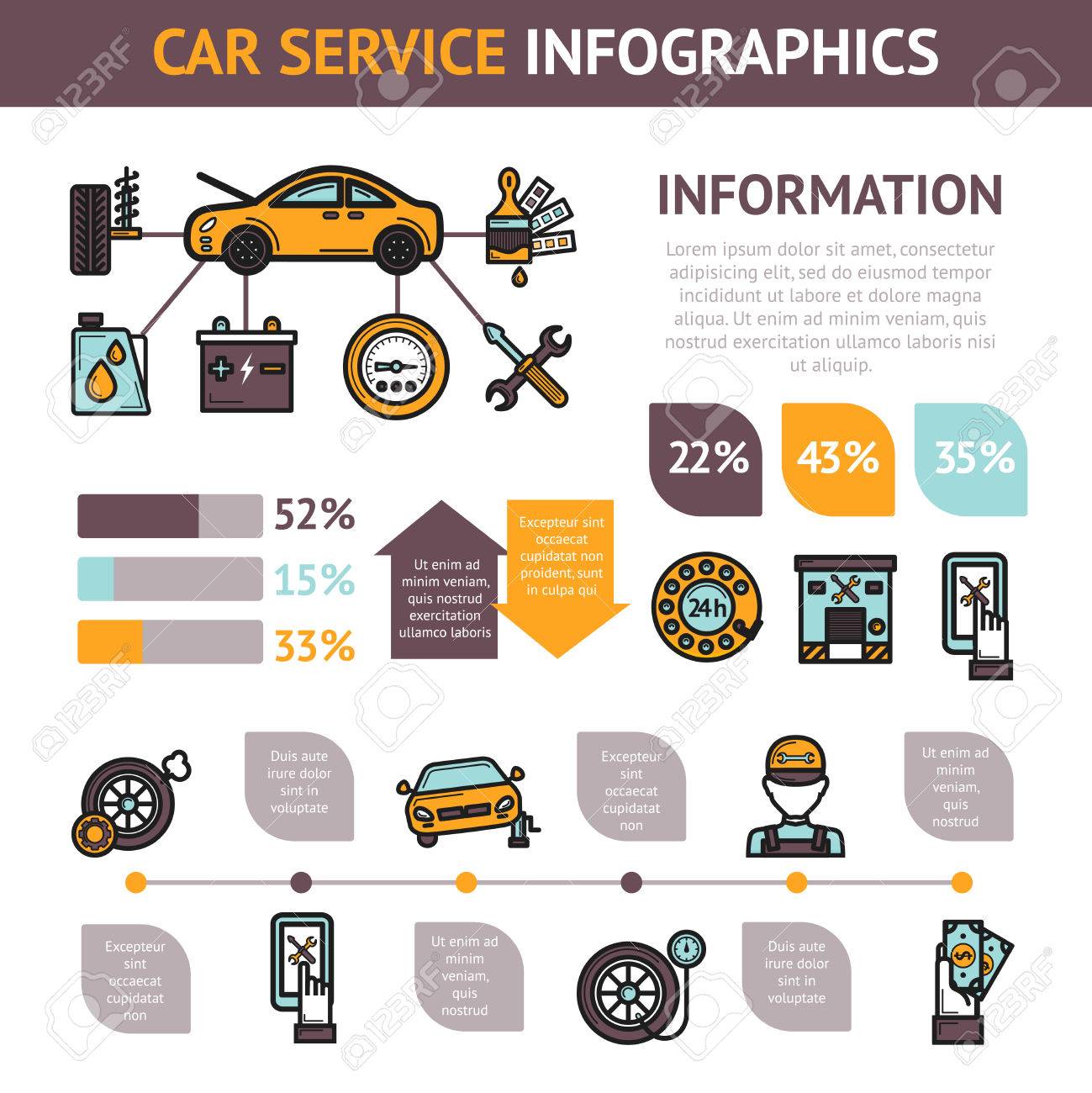Open The Hood To Uncover Typical Brake System Issues And Their Solutions, Yet What Concerning Spongy Brake Pedals? Find Out The Remedy Ahead! Find Out More Below
Open The Hood To Uncover Typical Brake System Issues And Their Solutions, Yet What Concerning Spongy Brake Pedals? Find Out The Remedy Ahead! Find Out More Below
Blog Article
https://electric-brakes17384.dailyblogzz.com/30387495/the-future-generation-of-car-repair-work-advancements-in-innovation-and-care-for-electric-autos Created By-Jansen White
When it comes to your lorry's brake system, comprehending common issues can conserve you from prospective safety and security threats. From recognizing see page to dealing with brake fluid leaks, knowing how to deal with these problems is essential. But what about those mushy brake pedals? There's a solution for that too. Stay tuned to learn more about these concerns and the sensible solutions that can keep you securely when traveling.
Brake Pad Use and Substitute
When it involves preserving your automobile's brake system, one critical facet to keep an eye on is the wear and replacement of brake pads. Brake pads are crucial elements that press versus the brake rotors to slow down or quit your car. Gradually, these pads wear down because of friction, calling for regular evaluation and replacement to ensure your brakes function properly.
To determine if your brake pads require substitute, pay attention for shrilling or grinding noises when you use the brakes. In addition, if your automobile takes longer to quit or you discover vibrations or pulsations when stopping, it may be time to change the brake pads.
Ignoring used brake pads can bring about lowered braking efficiency, damages to various other brake components, or even brake failure.
Replacing brake pads is a relatively uncomplicated procedure for lots of vehicles. Nevertheless, if you're unsure or uncomfortable performing this task, it's finest to seek advice from a professional mechanic to make sure appropriate installation and optimum brake performance.
Consistently checking and changing brake pads is crucial for your safety and security and the long life of your vehicle's stopping system.
Brake Liquid Leaks and Upkeep
To guarantee your vehicle's brake system functions ideally, it is necessary to additionally take notice of brake liquid leaks and upkeep. Brake fluid is essential for transferring the force from your foot on the brake pedal to the actual braking device. One common issue with brake liquid is leakages, which can occur as a result of scrubby brake lines, seals, or connections. If brake leak repair cost notice a puddle or trickles under your vehicle, it's important to deal with the leakage without delay to prevent a prospective brake failure.
Consistently examining your brake fluid level is vital to preserving your brake system. Low brake fluid can cause air entering the brake lines, which endangers stopping efficiency.
In addition, old or infected brake liquid can impact the overall efficiency of your brakes. It's advised to follow the maker's standards on when to alter the brake fluid, generally every 2 years.
Spongy Brake Pedal: Blood Loss Brakes
If you have actually ever before experienced a spongy brake pedal while driving, you understand the significance of preserving a company and responsive braking system. One common cause of a mushy brake pedal is air caught in the brake lines. When air enters the brake system, it can lead to a loss of hydraulic stress, causing that upsetting spongy feeling when you push the brake pedal.
To fix this problem, bleeding the brakes is required. Bleeding the brakes involves removing the air from the brake lines to recover correct hydraulic stress.
To hemorrhage the brakes, you'll need an assistant to assist you. Begin by locating the brake bleeder valve on each wheel, usually located near the brake caliper. With a wrench, loosen up the shutoff and have your helper press the brake pedal while you observe any kind of air bubbles coming out. Repeat this process for each and every wheel, beginning with the wheel farthest from the master cyndrical tube and moving more detailed.
When you no longer see air bubbles and just clear liquid emerges, tighten up the valve and top up the brake fluid reservoir as required. Bleeding the brakes aids make sure a firm brake pedal and enhances total braking performance.
Conclusion
Now that you recognize common brake issues and exactly how to fix them, you can ensure your vehicle's safety and performance. Keep in mind to listen for warning signs like screeching noises or mushy brake pedals, and address them quickly. Routine maintenance and prompt substitutes are key to maintaining your brakes in top condition. Keep positive and conscientious to your brake system to appreciate risk-free and trustworthy driving experiences.
